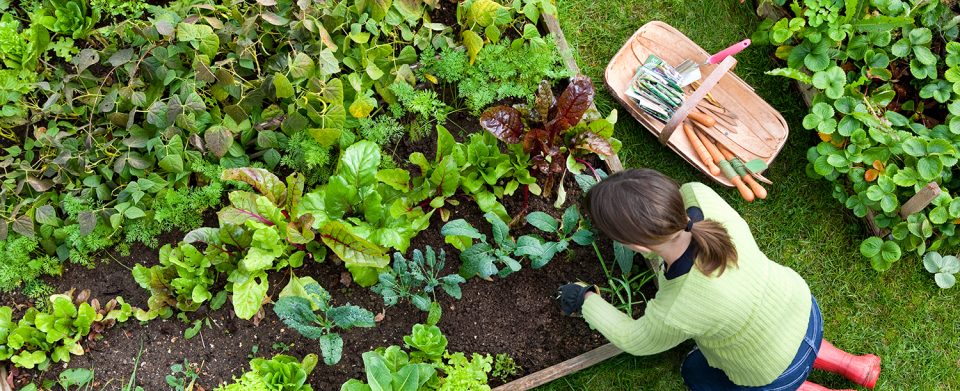By Family Features | Contributor
Growing your own produce is an all-around smart practice, from the money you’ll save at the grocery store to the contributions you can make toward a cleaner planet.
Maintaining a garden takes some effort, but it’s a project even a beginner can tackle with ease. Consider these tips to start growing your at-home garden:
- Select a perfect spot. You’ll want to place your garden in an area where you see it often so you’re reminded to weed and care for it regularly. Find a flat area you can access easily, where erosion and other pitfalls (including hungry wildlife) won’t be a problem.
- Choose between ground and containers. There are pros and cons to gardening in containers vs. the ground, and there’s no universal right choice. Rather, the best garden depends on your goals and preferences. A ground garden usually offers more space and may provide a better growth environment for roots. However, a container garden is often easier to maintain and may be all you need if you wish to grow just a few plants.
- Understand the importance of quality soil. You may think any dirt will do, but keep in mind the soil you plant in will be the primary source of nutrients for your produce. Not only that, but quality soil provides stability so plants can root firmly and grow healthy and sturdy to support their bounty. Quality soil also allows for ample drainage. Organic matter like compost, leaf mold or aged manure all help improve soil quality.
- Keep water close. Lugging water can quickly eliminate the pleasure of tending your garden, so be sure you’re situated near a hose. You’ll know it’s time to water when the soil is dry about an inch below the surface.
- Plan for plenty of sun. A bright, sunny spot is a must, since most vegetables, herbs and fruits depend on six or more hours of sun every day. Remember the sun’s path changes throughout the year, and as trees and foliage grow, they may produce more shade with each growing season.
- Consider what you’ll grow. Starting with veggies you know you like is a smart starting point since you’ll be pouring sweat equity into making them grow. Over time, you might add new varieties, but early on, keep your focus on foods you know you like so you can see a meaningful return and avoid waste. You’ll also need to consider what you can grow to maturity within your area’s growing season. If necessary, you might want to start transplants you can nurture indoors before moving them outside when the temperatures allow.
- Plant according to a calendar. Knowing how long it takes different foods to mature will help you create a planting calendar. You don’t want to harvest everything at once, and if you stagger planting and replant what you can, you’ll have a garden that produces food for your family for a longer period of time.
Find more helpful tips for managing your home and garden at eLivingtoday.com.


